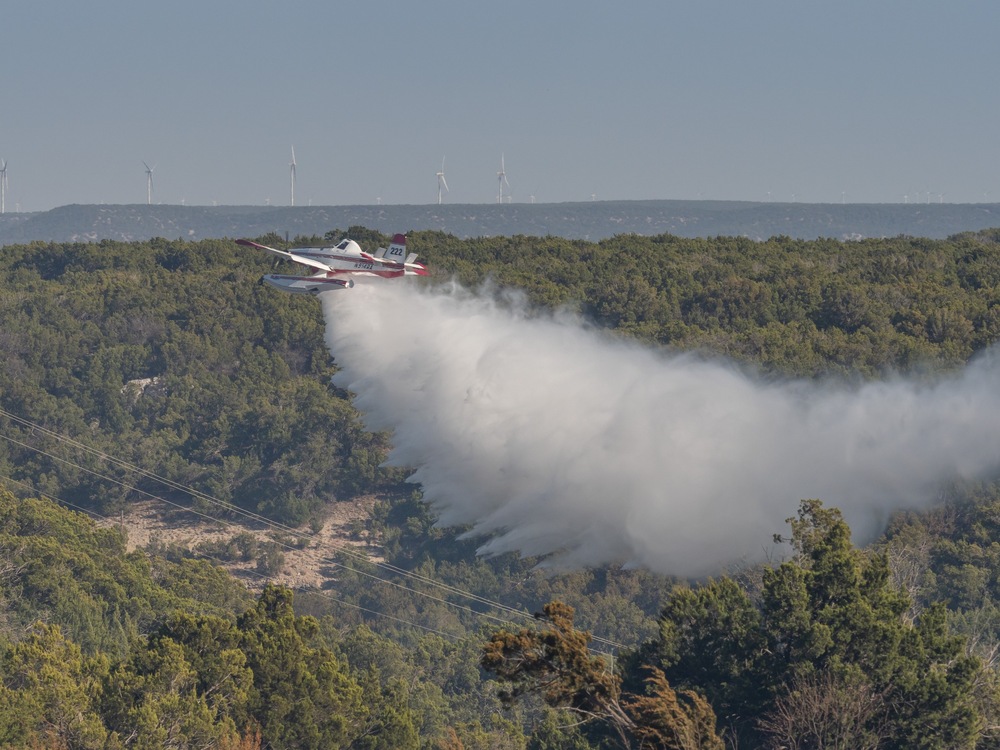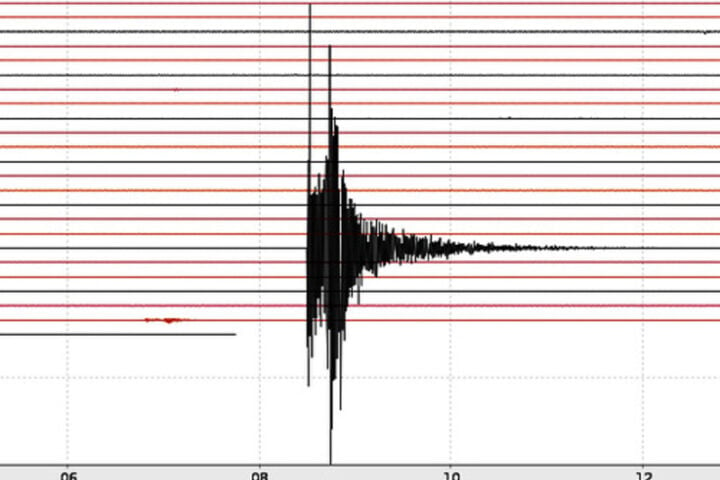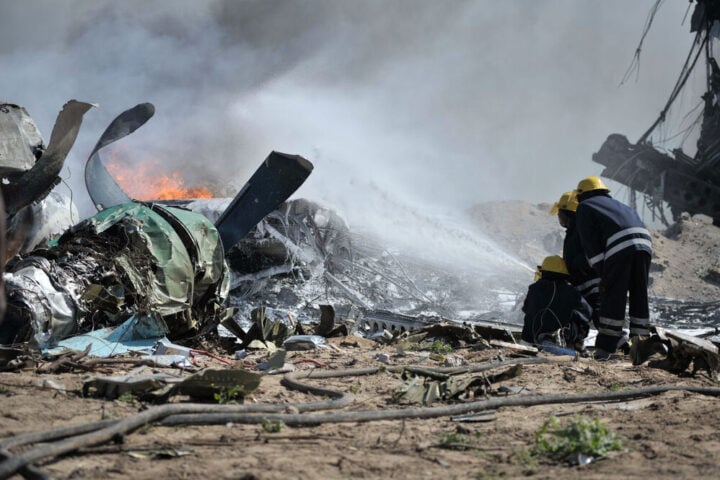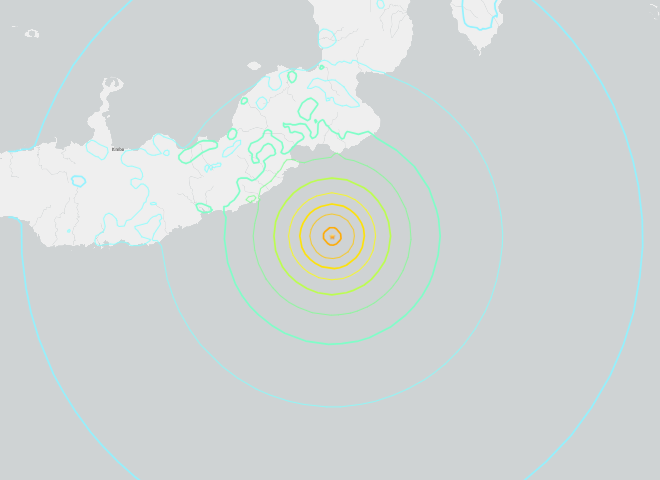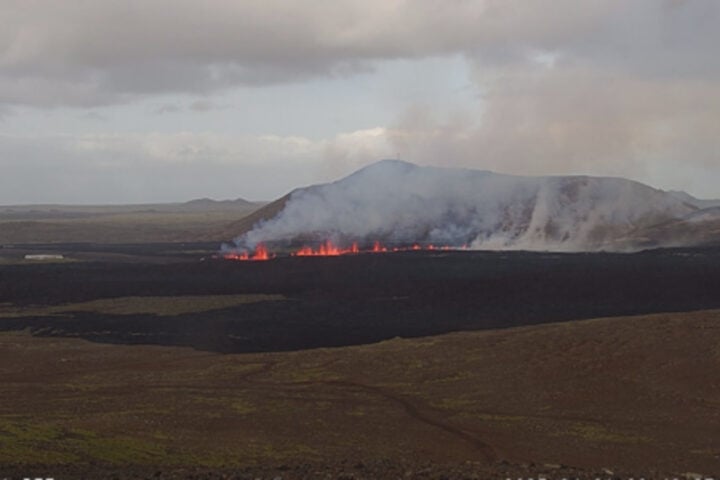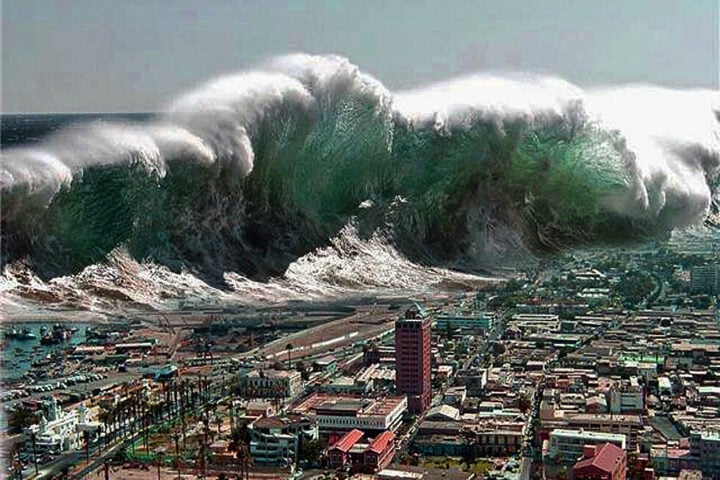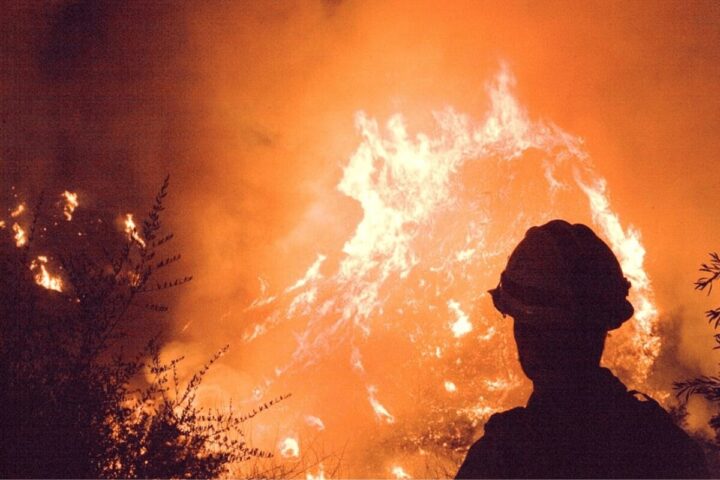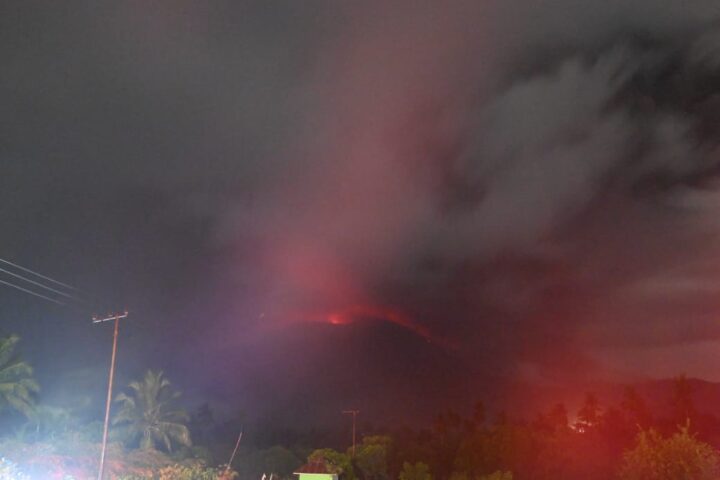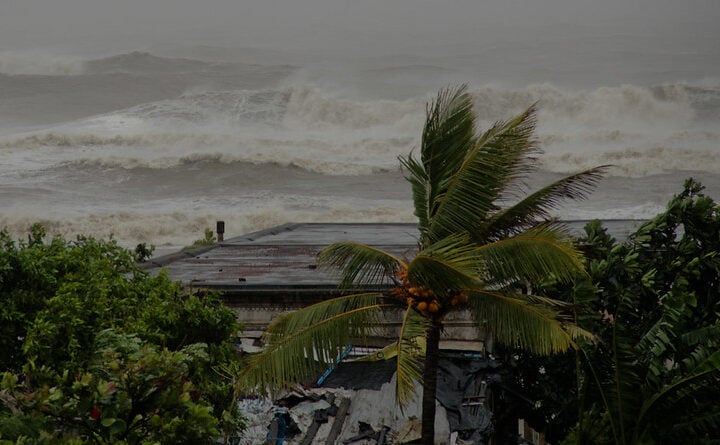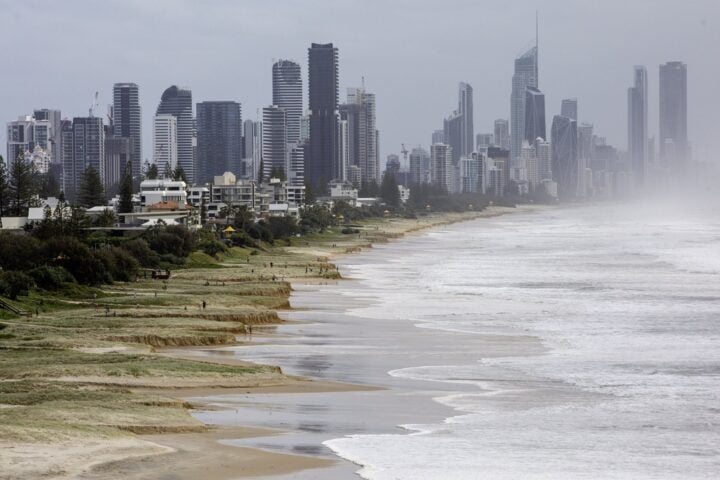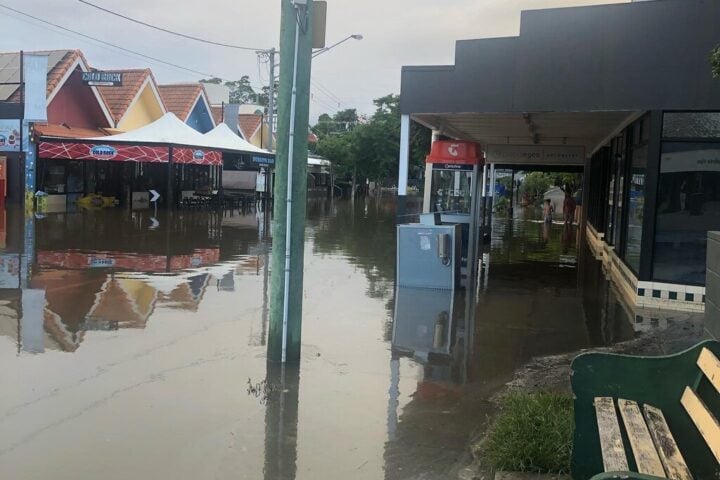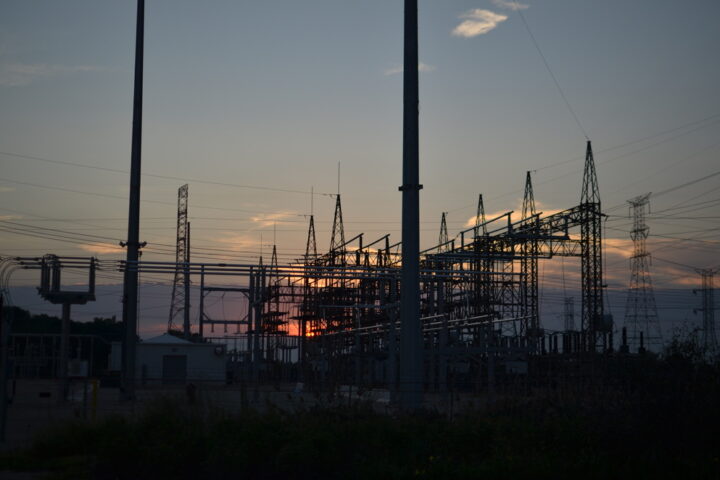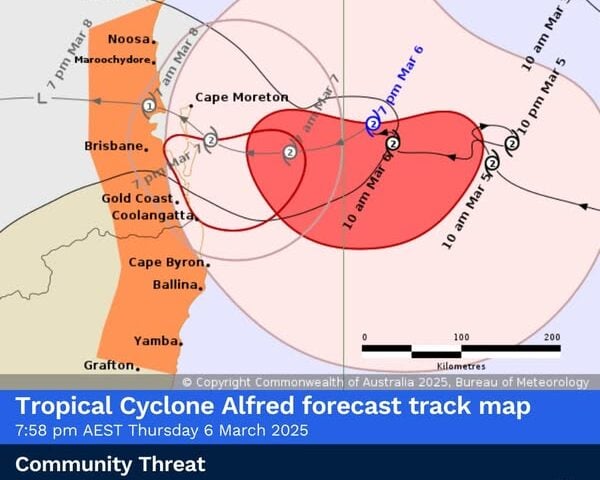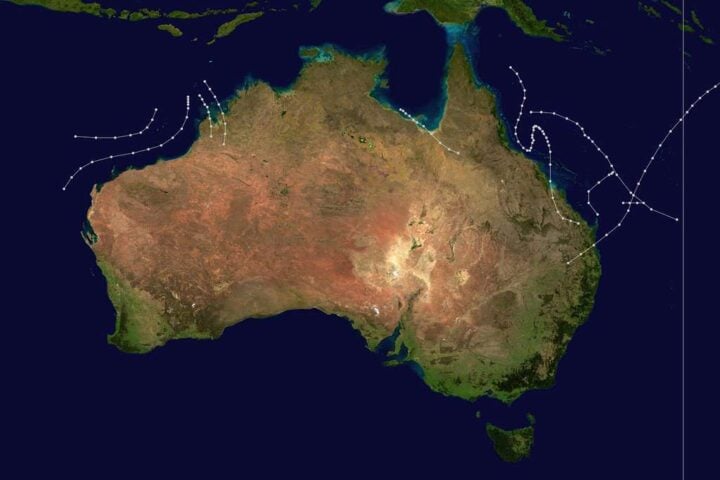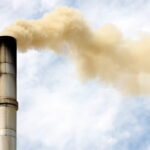Prolonged Drought and Windy Conditions Fuel Wildfire Outbreak
AUSTIN, Texas – As an unrelenting drought grips the state, Texas Governor Greg Abbott has issued a disaster declaration for 143 counties facing an imminent threat from devastating wildfires. The declaration, aimed at mobilizing state resources and bolstering local firefighting efforts, comes as the Texas A&M Forest Service reports over 80 wildfires scorching more than 2,200 acres across the state in the past week alone.
The affected counties, spanning from the Texas Panhandle to East Texas, are grappling with severe drought conditions that have turned the landscape into a tinderbox.
“Keeping the grass short, making sure that anything that could ignite, like piles of firewood for the winter or anything like that, that are stacked next to structures are cleared out,” Ware said
“As the state continues to experience a hot and dry October, Texas is deploying firefighting resources to support local communities at an elevated risk for wildfires,” Governor Abbott stated in his declaration. The Texas Division of Emergency Management has swiftly responded by activating additional state emergency resources, including over 200 firefighters, heavy equipment, intrastate strike teams, fire engines, and an array of aircraft for surveillance, spotting, and water drops.
Communities Brace for Impact as Fires Spread
As the wildfires rage on, local communities are bracing for the worst. Evacuations have been ordered in several counties, with residents forced to flee their homes as the flames encroach. Property damage reports are trickling in, with structures lost and livelihoods upended.
Wildfires cause particle pollution, which is a mix of solid and liquid particles from the smoke in the air. Eventually exposing young children to a number of environmental hazards, e.g., fire, smoke, psychological conditions, and the byproducts of combustion.
Similar Posts:
Experts Weigh In on Long-Term Solutions
Wildfire experts and researchers are calling for a multi-faceted approach to mitigating the growing threat.
As the frequency of extreme weather events increases, more and more communities will potentially face the threat of devastating wildfires.
The Department of Homeland Security (DHS), along with FEMA, the U.S. Fire Administration, local fire departments, and industry partners, is working to develop new tools to help firefighters fight wildfires more effectively. These improvements also focus on keeping first responders safe while they do their jobs, using the latest technologies and protective measures.
The Texas A&M Forest Service has been at the forefront of utilizing advanced technologies to combat wildfires. Drones equipped with thermal imaging cameras are being deployed to detect hot spots and monitor fire progression, while artificial intelligence algorithms are being used to analyze data and predict fire behavior.
Remembering the Smokehouse Creek Fire
As Texas grapples with the current wildfire crisis, the memory of the Smokehouse Creek Fire, the largest wildfire in the state’s history, looms large. In Feb 2024, the massive blaze consumed over 1 million acres, destroying homes, businesses, and livelihoods in its wake.
The Smokehouse Creek Fire highlighted a pressing need for more resources to protect the area. Although firefighters worked valiantly to combat the flames, the absence of dedicated firefighting aircraft hindered their efforts. Providing local agencies with these vital tools could greatly enhance response times and help reduce the damage caused by future wildfire
Looking Ahead
As the battle against the wildfires continues, Governor Abbott urges Texans to remain vigilant and heed the guidance of state and local officials. “Texans should take precautions, heed the guidance of state and local officials, and limit activities that can cause a spark,” he advised.
With no significant rain in the forecast and windy conditions expected to persist, the wildfire threat in Texas shows no signs of abating. The state’s firefighters, emergency responders, and residents face a long and arduous road ahead as they work to protect lives, property, and the very land they call home.
